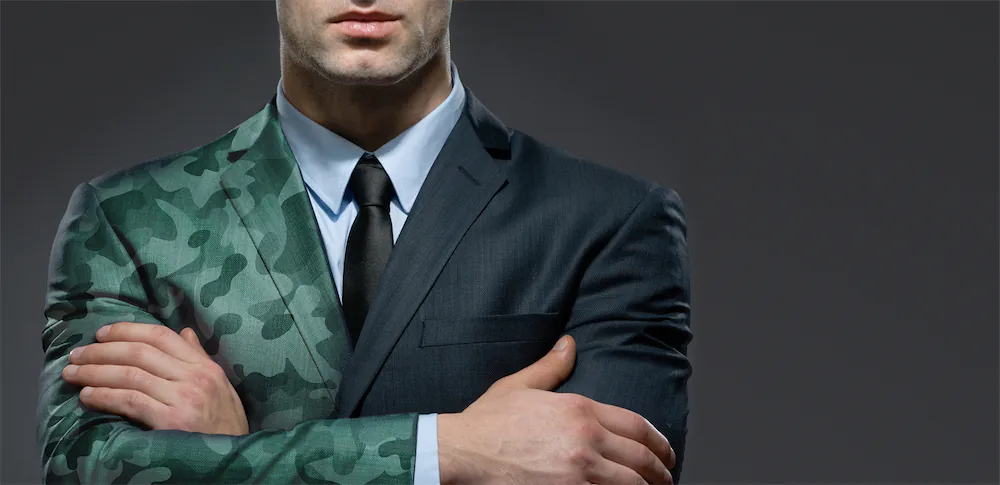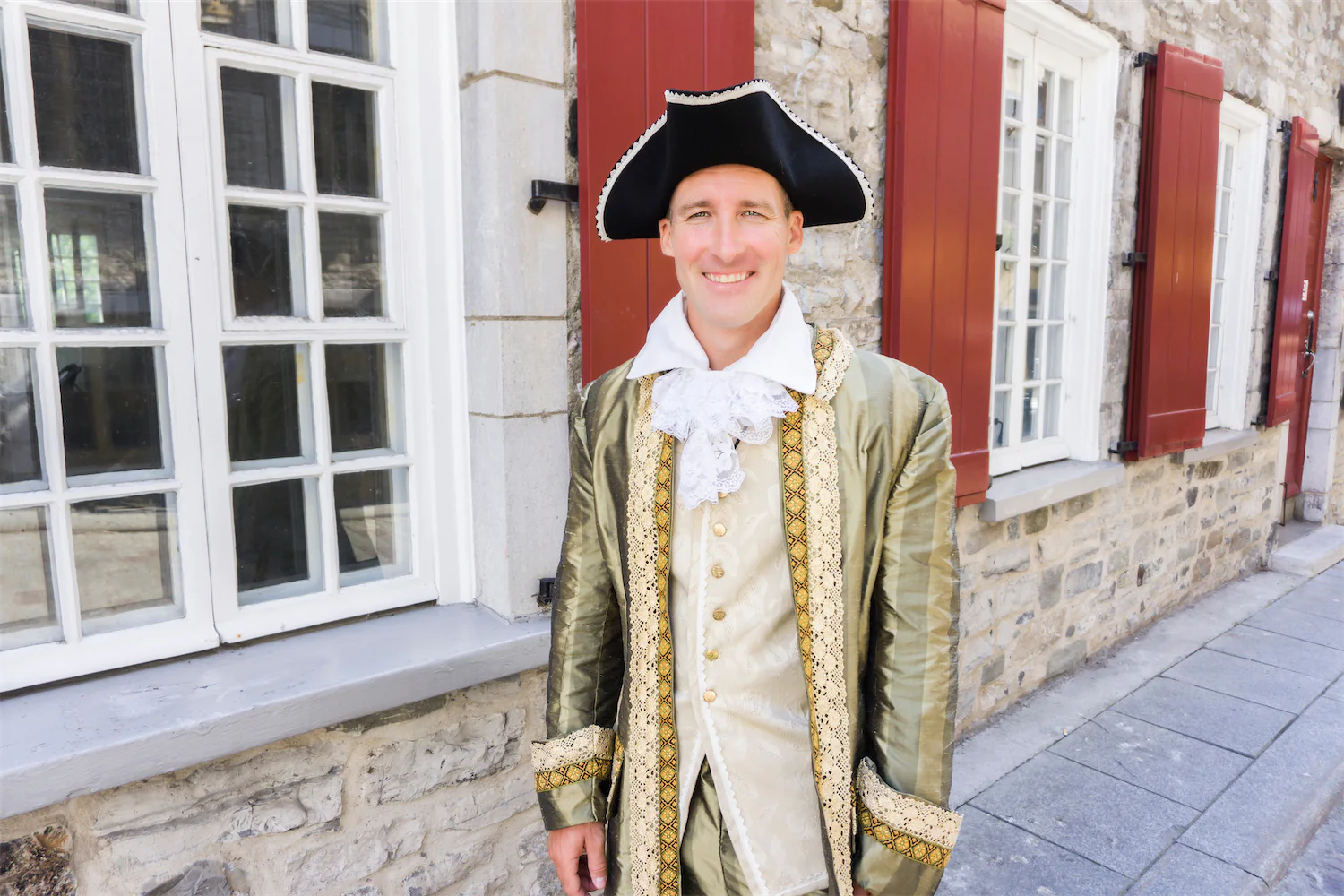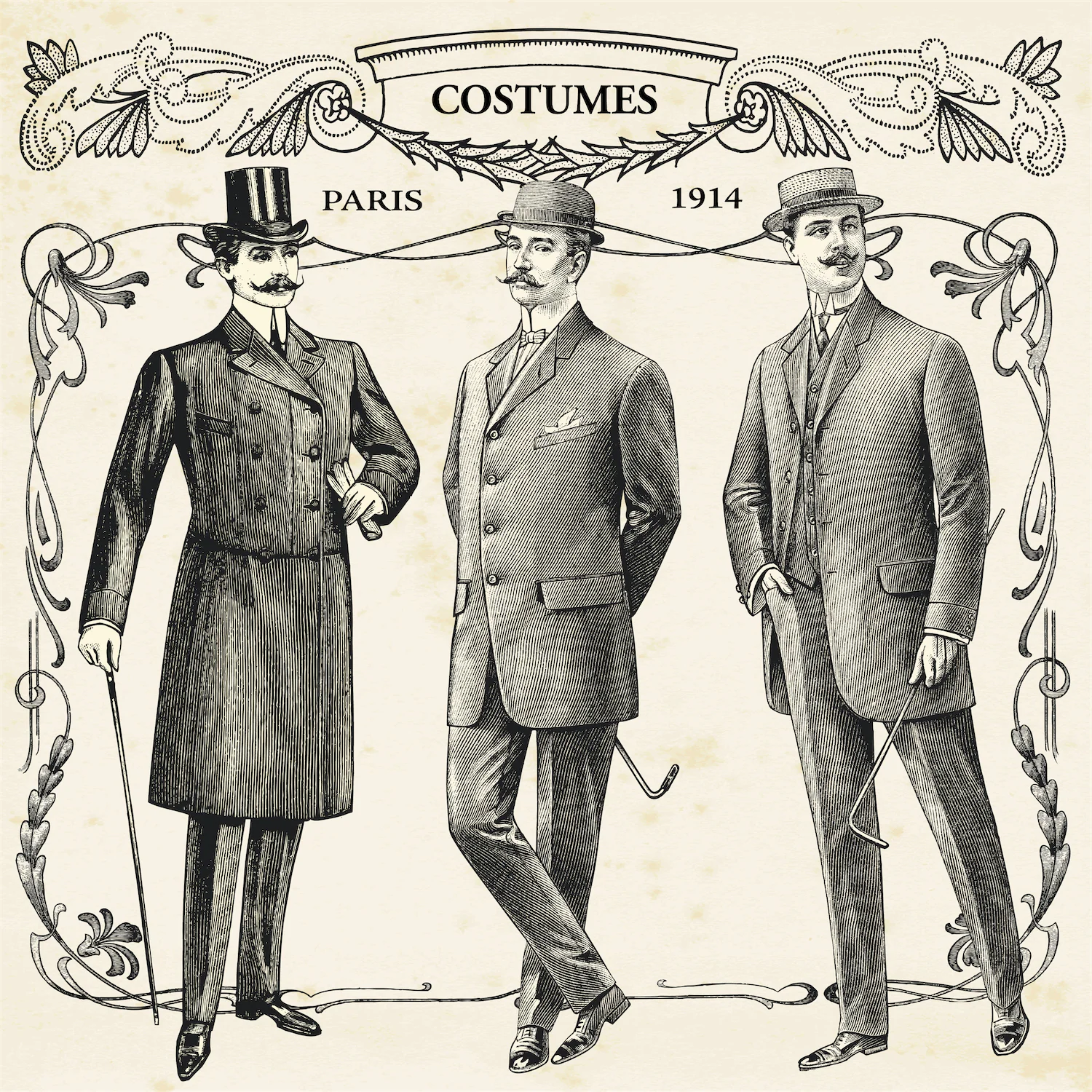The Democratization and Standardization of the 20th Century Men's Suit
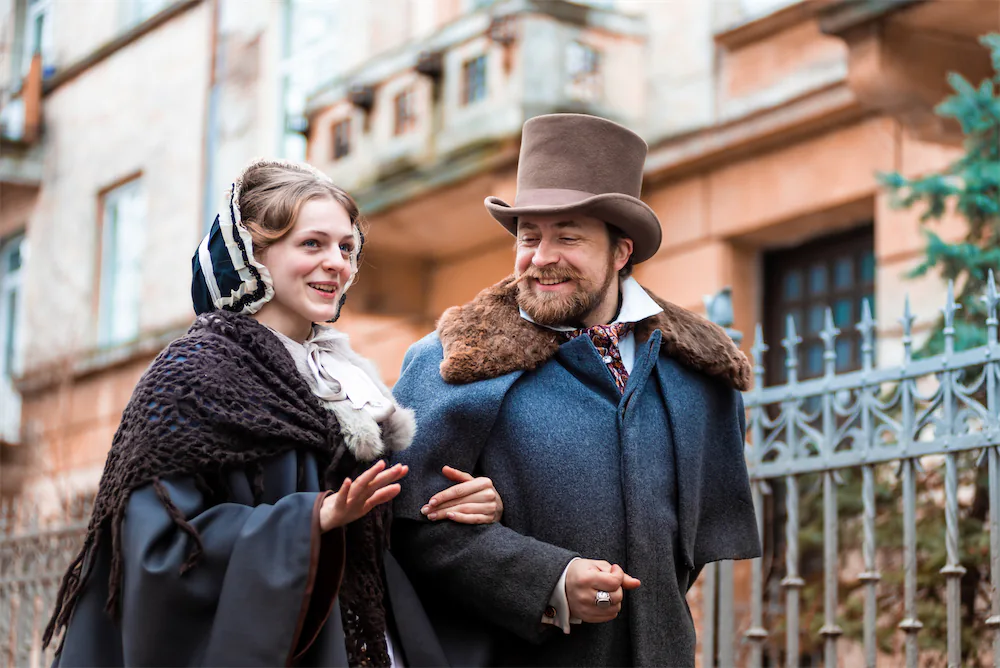
The 20th century, with its whirlwind of global events and shifting societal values, acted as a powerful catalyst for change in many sectors, including fashion. The men's suit, traditionally seen as a mark of distinction and formality, evolved in both form and function. This period bore witness to two world wars, the rise of corporate culture, and profound cultural revolutions, each playing a pivotal role in redefining what the suit symbolized and how it was worn.
Beginning with the austere requirements of wartime and moving towards the sleek, streamlined aesthetics of the post-war corporate world, the suit underwent remarkable transformations. No longer exclusive to the elite, it became accessible to men from various walks of life, serving as a universal symbol of professionalism and class. The emphasis shifted from extravagance and individuality to practicality, versatility, and standardization. This shift mirrored the larger global trend towards democratization and a break from rigid class structures.
As we embark on this exploration, we'll delve deep into the key events and influences that shaped the men's suit throughout the 20th century. From battlefield trenches to bustling urban offices, the journey of the suit offers a unique lens to understand the broader changes of the era. Join us in uncovering the story of the suit's transformation — a tale that intertwines fashion, history, and society.
The War Years: Military Influence and Austerity
The World Wars had profound effects on almost every aspect of life, including fashion. During these times, there was an acute awareness of material shortages, leading to a more austere and functional approach to clothing. The lavish and decorative elements once associated with men's suits were pared back in favor of a simpler, more utilitarian design. This was not merely a fashion statement; it was a necessity driven by rationing and wartime economy.
Moreover, the military uniforms of the era had a direct influence on civilian fashion. The sharp, tailored look of military attire found its way into the mainstream men's suit design. Features like broad shoulders, a cinched waist, and straight-leg trousers became popular, borrowing directly from the structured appearance of military uniforms. These suits were often in muted shades of grey, brown, and green — colors that were both practical and readily available.
Another noteworthy aspect of this period was the emergence of the 'demob suit.' As soldiers returned from war, they were provided with a standard suit for civilian life, further emphasizing the importance of the suit as a symbol of normalcy and reintegration into peaceful society. This democratization of the suit ensured that it was no longer an attire reserved for the elite but became accessible to men from all backgrounds.
Thus, the war years, despite their challenges, played a pivotal role in redefining the role and appearance of the men's suit in society. From a symbol of luxury and excess, it transformed into a beacon of resilience, unity, and adaptability.
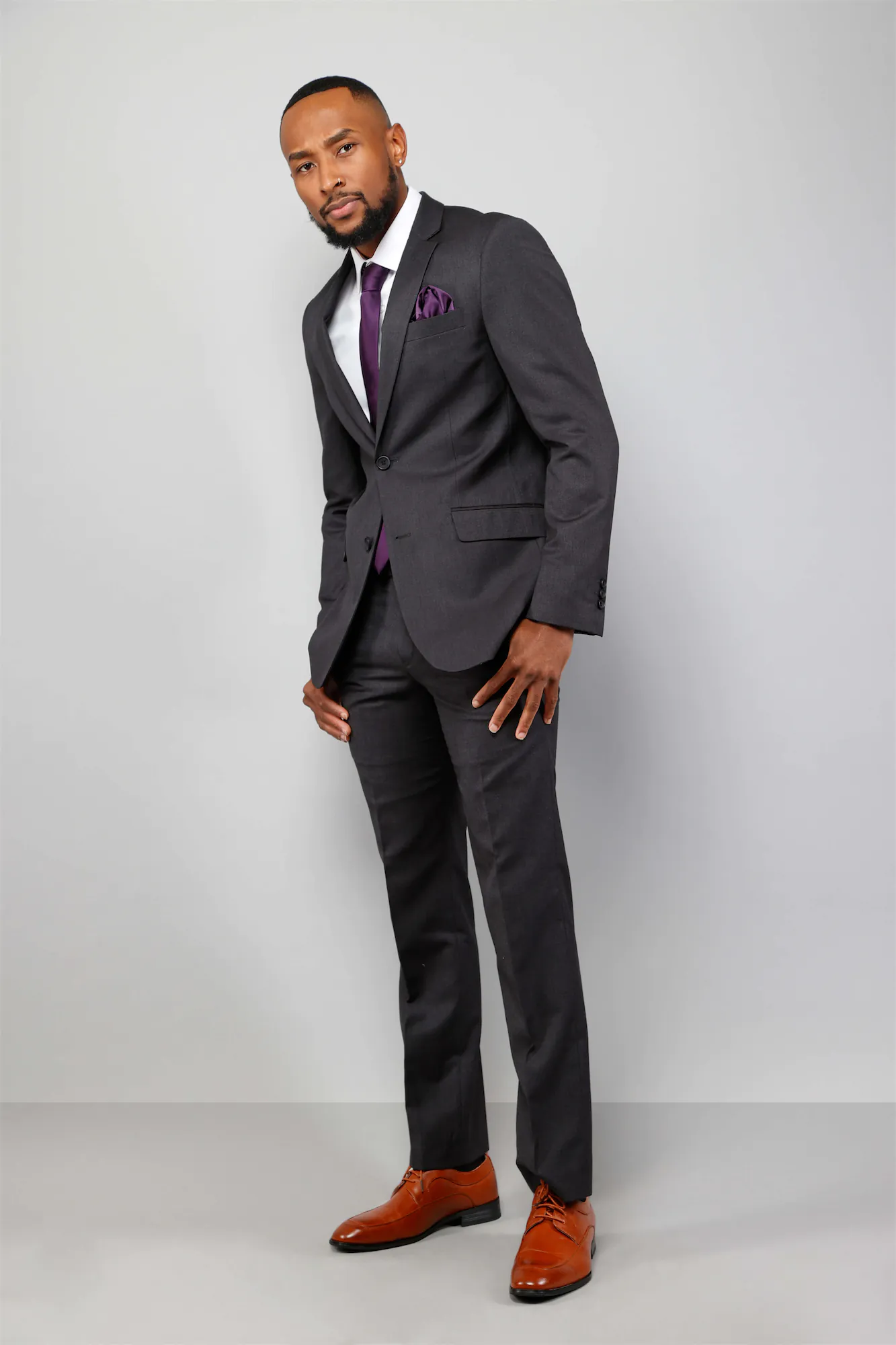
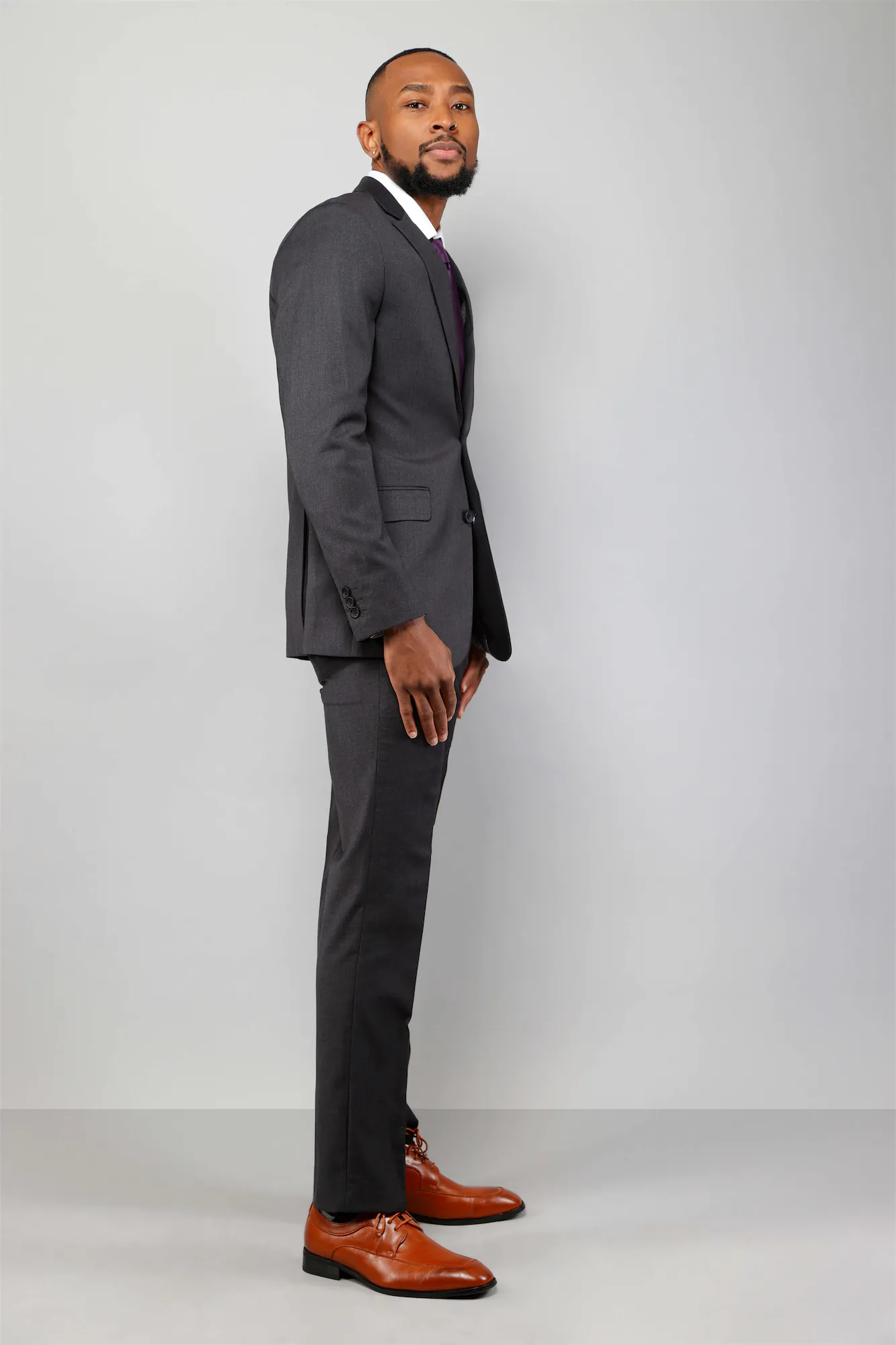
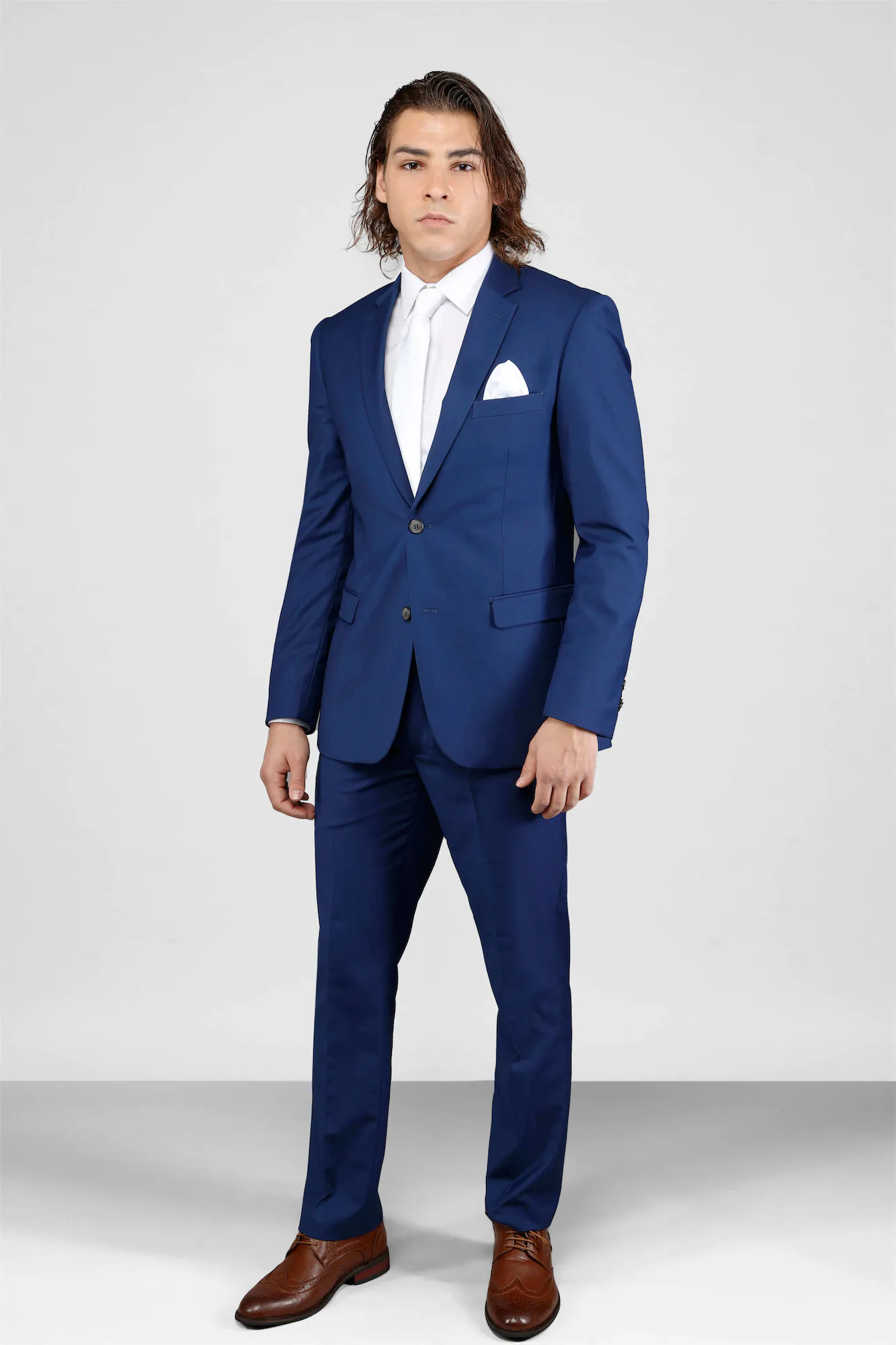
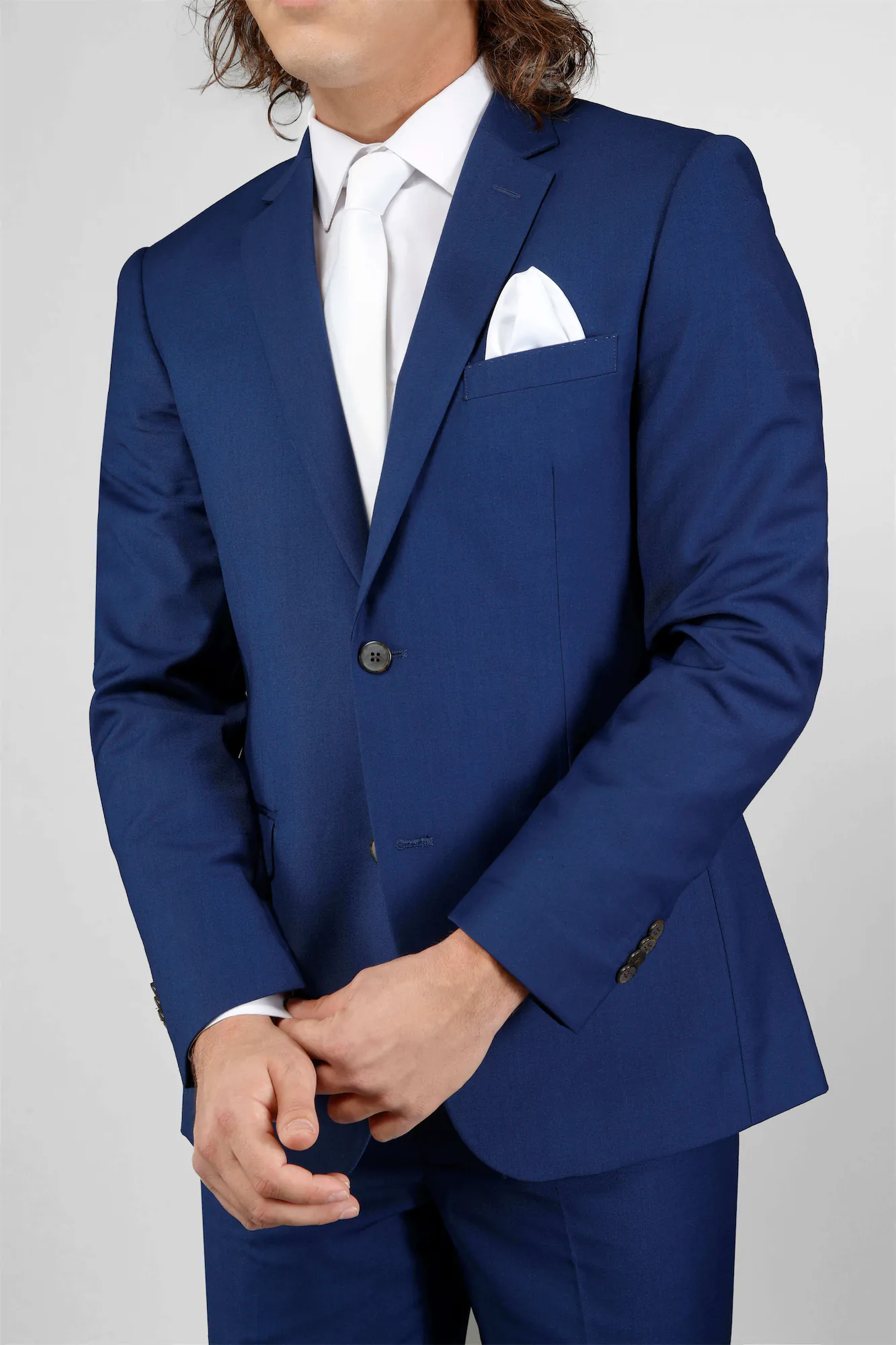
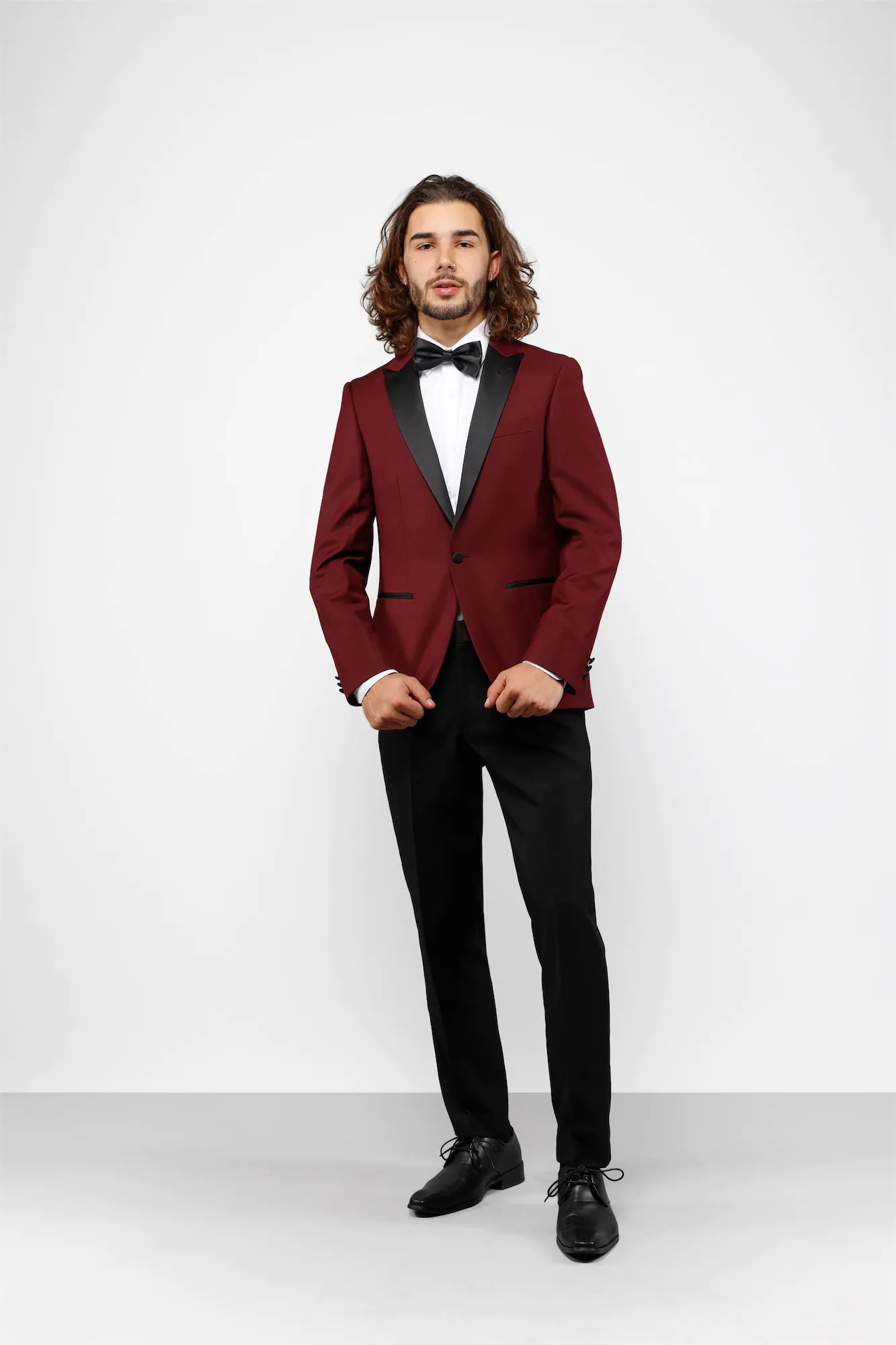
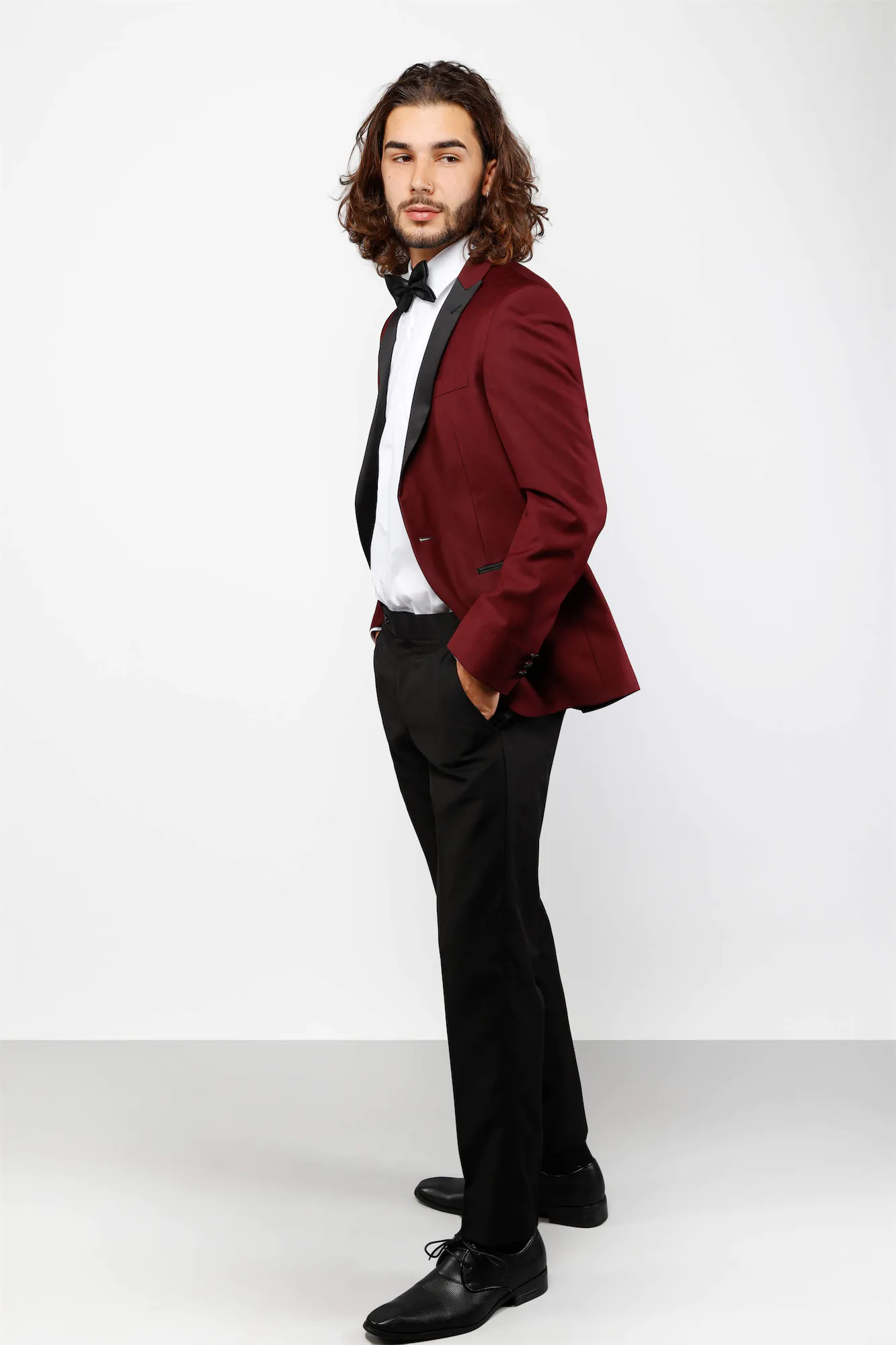
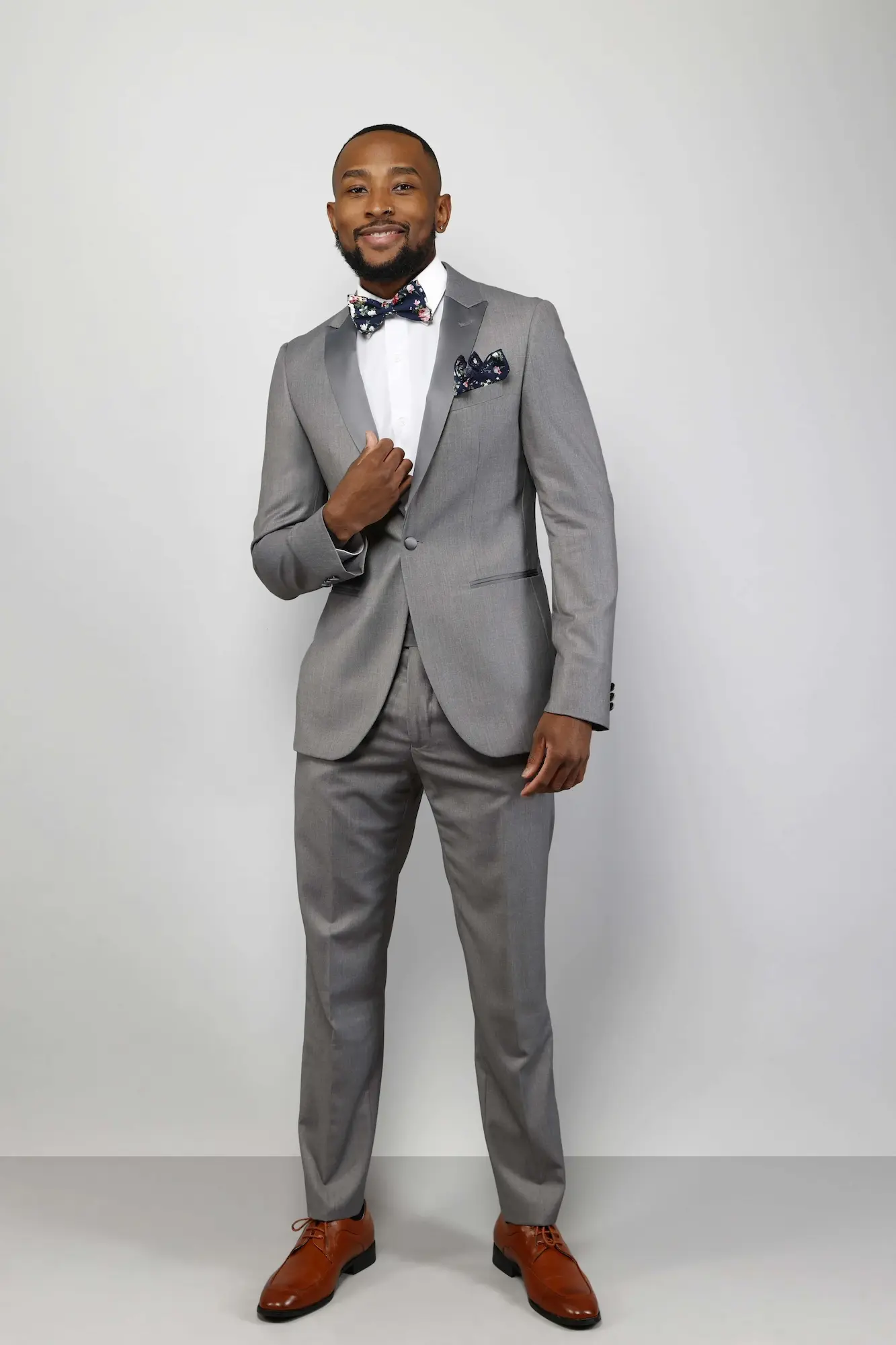
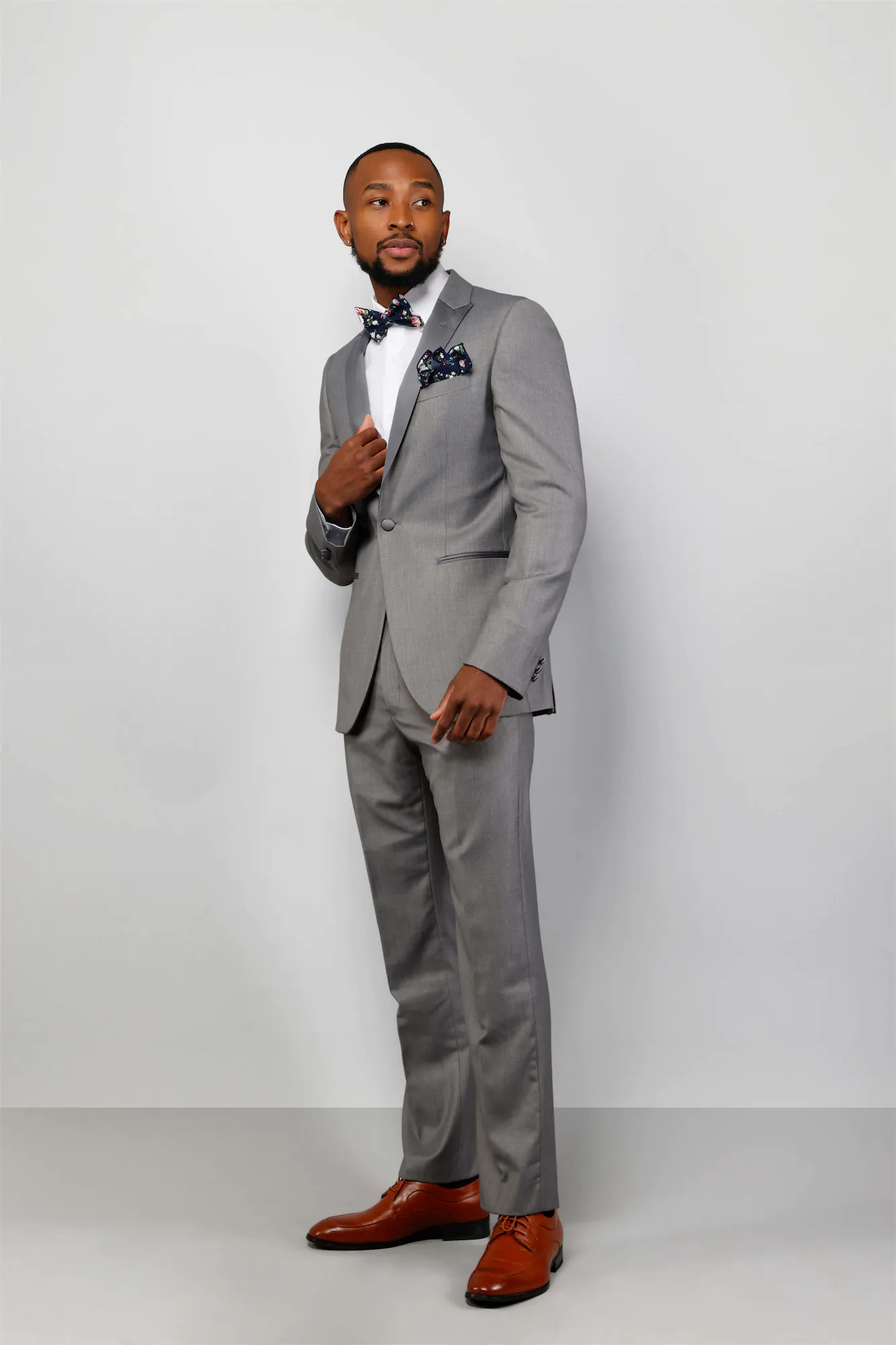
The Rise of Corporate Culture: Suits in the Modern Workplace
With the conclusion of the World Wars, the world began to rebuild. Cities, economies, and societies underwent transformations, and with these changes came shifts in daily life and professional environments. As urban centers burgeoned and businesses flourished, there was a surge in office jobs. This rise in white-collar employment played a pivotal role in defining the sartorial choices of the mid to late 20th century.
Unlike the manual labor roles that dominated previous generations, office jobs demanded a certain level of formality. The men's suit naturally became the uniform of choice. Practical, smart, and versatile, it catered to the needs of the modern businessman. However, the suits of this era were no longer just about formality; they reflected a shift towards uniformity and standardization. The variations and idiosyncrasies of pre-war fashion gave way to more streamlined, universally accepted styles.
The popularity of the suit was further bolstered by iconic figures of the time. Film stars, politicians, and other public figures embraced the suit, making it a symbol of success, ambition, and charisma. The silver screen portrayed the well-dressed man as both a romantic lead and a figure of authority, solidifying the suit's position in the popular imagination.
Yet, it wasn't just the aesthetics that underwent a change. Innovations in fabric technology, like the introduction of synthetic materials and blends, made suits more affordable and accessible. These advancements, combined with mass production techniques, meant that men's suits were no longer a luxury but a staple for men across different economic strata.
In essence, the post-war period and the rise of corporate culture cemented the suit's role not just as an attire of formality but as an emblem of the changing socio-economic landscape of the 20th century.
Rebellion and Reinvention: The Cultural Shifts of the 60s and 70s
The 1960s and 1970s were marked by significant cultural revolutions that directly impacted fashion, including the world of men's suits. From the mod movement in London to the Summer of Love in San Francisco, young people were making their voices heard, and their sartorial choices echoed their ideologies.
The mod movement, for instance, embraced sharp tailoring and slim-fitting suits, coupled with narrow ties and pointed shoes. This trend was not just about style; it was a clear statement against the more conservative fashion of the previous decade. At the same time, across the Atlantic, the free-spirited hippie movement was taking shape, promoting a more relaxed, bohemian aesthetic. While suits were less prevalent in this subculture, when they did appear, they were often made of unconventional materials or adorned with bold patterns and colors.
These decades also witnessed the advent of "peacock revolution" in men's fashion. Men began to express themselves more freely, experimenting with bolder patterns, brighter colors, and innovative materials. The suit became more than just a uniform for the workplace; it was a canvas for personal expression. And yet, despite these radical changes, the essence of the suit remained. It could be adapted, reinvented, and reimagined, but its significance in men's fashion was undiminished.
Furthermore, it wasn't just subcultures that were influencing the suit's evolution. Mainstream fashion was also undergoing shifts. Designers began exploring new silhouettes, incorporating influences from other cultures, and pushing the boundaries of what was considered "acceptable" for men's fashion.
Thus, the 60s and 70s were not just about rebellion; they were about reinvention. The men's suit emerged from these decades not as an antiquated relic but as a versatile and ever-evolving garment, ready to face the challenges of the upcoming decades.
The Power Suit Era and the Casual Revolution
The 1980s ushered in a new age for the men's suit. Fueled by booming economies, Wall Street successes, and a rise in corporate culture, the 'power suit' became a definitive symbol of the decade. Broad shoulders, double-breasted jackets, and pinstripes became the norm. These suits were more than just garments; they were statements of ambition, dominance, and, quite literally, power. Celebrities, politicians, and business magnates all embraced this commanding style, further embedding its importance in the popular psyche.
Yet, as the 90s rolled in, a shift began to occur. Silicon Valley started its meteoric rise, bringing with it a new breed of entrepreneurs who often eschewed the traditional suit in favor of t-shirts and jeans. The tech boom introduced a more relaxed approach to workwear, emphasizing comfort and individuality over formality. This 'casual revolution' spread rapidly, with many companies introducing 'casual Fridays' and eventually adopting more lenient dress codes overall.
However, this didn't spell the end for the men's suit. Instead, it simply evolved. Suits became sleeker, more minimalist, and were often worn without ties or with open-collared shirts. Versatility became key. A suit was no longer just for the boardroom; it could be dressed down for a casual outing or dressed up for a special occasion.
As the 20th century concluded, the suit had once again demonstrated its enduring appeal and adaptability. It had weathered wars, economic upheavals, and cultural revolutions, constantly reinventing itself while maintaining its central position in the world of men's fashion. From the trenches to the trading floors, from the mod clubs to the tech start-ups, the men's suit remained an indelible part of the male wardrobe, ready to embrace the opportunities and challenges of the new century.
Summary: The Evolutionary Journey of the 20th Century Men's Suit
Tracing the story of the men's suit through the 20th century is to witness a tale of adaptability and resilience. From its militaristic origins in the early 1900s, the suit emerged as a beacon of professionalism and formality. The cultural revolutions of the 60s and 70s saw it being both challenged and reinvented, reflecting the era's vibrant subcultures and artistic movements.
The 1980s celebrated the suit as the ultimate power symbol, with its bold silhouettes dominating corporate corridors. Yet, by the 90s, as tech culture gained prominence, the suit adapted to a more relaxed and versatile form. Throughout these shifts, one constant remained: the men's suit's ability to evolve while retaining its foundational elegance and significance. As we left the 20th century behind, it stood not just as a testament to fashion's changing tides but as an enduring icon in the vast sea of men's fashion.
Organize Event For Groups
With the top rated event creator, wedding event creator for groups! Best for wedding, prom and special events! Suit up yourself and your groomsman!
With just few easy step you can create an event, invite the members and get professional help!
How It Works Create Event Now!
